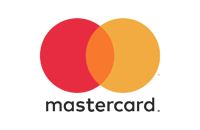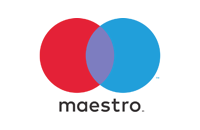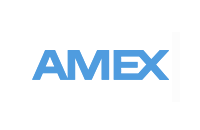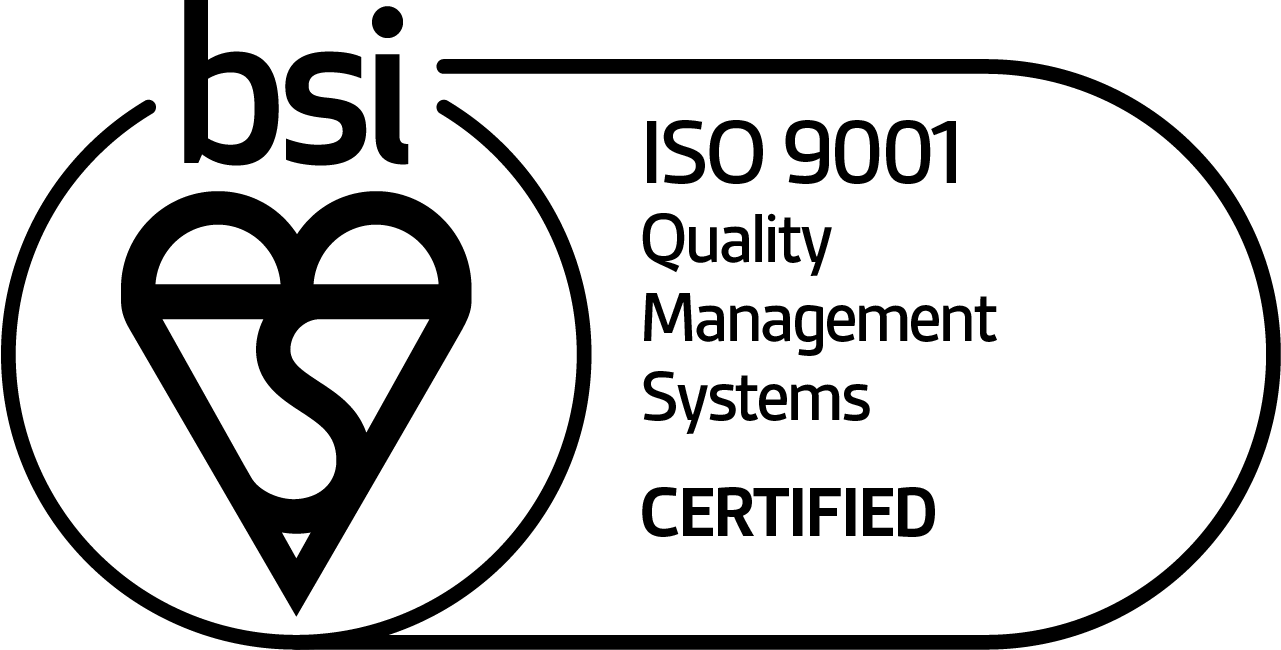| EN 407 Explained16 October 2018 | Alex If you work in the glass industry, in fabrication or in foundry, then you'll be familiar with the dangers of heat. Many of the gloves that we sell here at Workwear.co.uk are able to withstand heat, meaning that you can work free from the dangers that hot materials bring. However how do you know what temperature your gloves can withstand, and how do you know if you can trust your gloves at all? EN 407 – protection against thermal hazards – is the glove standard regulation that deals with all things heat related. Tested in 6 different methods, the standard will demonstrate your gloves reaction to things such as flammability, contact heat resistance and resistance to contact with molten metal. This article explains EN 407 in further detail, making sure that you aren't left asking questions when it comes to selecting your heat-resistant gloves. Why Should I Care About EN 407?Safety standards are there to help us keep safe at work but using the wrong pair of heat-resistant gloves can give you a life-changing burn. Alternatively, you don't want to go spending your money on a top quality, high-tech glove designed for use with molten metal when all you need it for is taking a tray out of an oven. So remember, if you see the following symbol you're gloves are certified as heat resistant, however it is the numbers that follow that designate its resistance level. How Do I Know What My Gloves Can Be Used For?If your gloves are tested to EN 407, their results will appear on the listing on our website, and will sometimes appear on the back of the gloves themselves. The results will appear in the format of 6 different numbers that each represent a different score relating to a different type of resistance. These are as follows:
Each of the gloves will achieve a score of between 0 and 4. 0 means that a glove failed the test, and a 4 means that that glove is best in the business. 2 or 3 and you have yourself a pretty strong pair of heat-resistant gloves. So, going into further detail, what does each score actually mean with each different resistance? Flammability Flammability is based on the length of time a material continues to burn and glow after the source of ignition is removed, meaning that the lower the score the longer it takes for the after-burn glow to vanish. Rating 1 means that the glove will continue to burn for 20 seconds and will continue to glow indefinitely. Rating 4, and the burn will disappear after 2 seconds, and the after-glow time will disappear within 5 seconds. Contact Heat Resistance Contact heat resistance is one of the most important to look out for, as it comes in useful in applications that range from cooking and baking to metalwork and welding. The higher the rating, the higher temperature the glove can withstand when exposed over a period of time, as seen below:
Convective Heat Resistance Convective heat resistance tests the amount of time a glove can delay the transfer of heat. Ratings 1 and 2 mean that a glove will only delay heat in under 7 seconds, whereas a rating 4 means that it takes upwards of 18 seconds. Radiant Heat The gloves are placed in front of a radiant heat source for 15 seconds, and measurements are taken to discover at which temperature the user would feel pain after this amount of time. Level 1 is 100°C, level 2 is 250°C, level 3 is 350°C and level 5 is 500°C. Small Splashes of Molten Metal Small amounts of molten metal is splashed on gloves to discover at which point the temperature inside the gloves reaches 40°C. As with the others, a 1 rating would be the lowest with just 5 drops, which increases all the way up to a level 4 rating which would take under 35 drops. Large Splashes of Molten Metal The last test tests at which point a certain weight of molten metal causes smoothing or pinholing across a simulated skin placed behind the glove. The highest score, level 4, can withstand 200g of molten metal, whereas the lowest score, level 1, can withstand just 30g of molten metal. EN 407 in PracticeNow you know the theory, let's look at EN 407 in practice. The Ejendals Tegera 132A Cut-Resistant Kevlar Lined Welding Gloves are a good example because they offer exceptional all-round heat-protection. Their EN score, as seen on our website, is presented as follows:
The 132A Kevlar Lined Gloves achieve a score of 41323X. They provide the maximum burning heat resistance, good resistance to convective heat, radiant heat and small splashes of molten metal, and can withstand contact heat of up to 100°C. They weren't tested against large quantities of molten metal, hence why they received an N/A or X score. Still Stuck?We hope that we've helped clarify EN 407 a little, if you want to browse our heat-resistant gloves then we have a wide choice to choose from in our Heat-Resistant Category. If you have any other questions, or are still a bit confused, you can leave a comment below and one of our customer care team will be delighted to help. |







